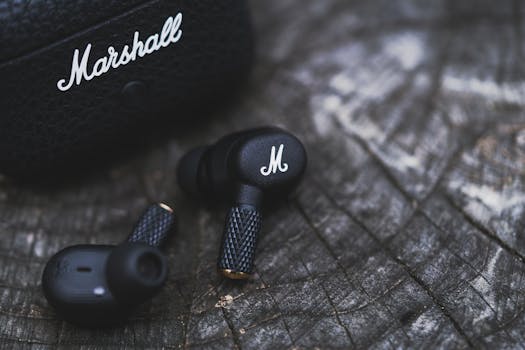
“
Beyond the Milky Way: Imagining New Worlds and Possibilities
Beyond the Milky Way: Imagining New Worlds and Possibilities is an exciting topic that has captivated human imagination for centuries. As we continue to explore and understand our universe, we are constantly reminded of the infinite possibilities that exist beyond our galaxy.
Introduction to the Cosmos
The Milky Way is just one of the billions of galaxies that exist in our universe. It is a barred spiral galaxy, consisting of hundreds of billions of stars, as well as various types of interstellar gas and dust. However, there are many other galaxies beyond the Milky Way, each with its own unique characteristics and features. For more on this, check out our article on Exploring the Cosmos.
The universe is estimated to be around 13.8 billion years old, and it is still expanding. This expansion is thought to have begun during the Big Bang, a catastrophic event that marked the beginning of our universe. As the universe expands, new galaxies and stars are formed, and old ones die out.
Imagining New Worlds
Imagining new worlds and possibilities is an exciting and thought-provoking topic. With the help of advanced telescopes and space exploration missions, we have been able to discover thousands of exoplanets, some of which are believed to be capable of supporting life. This topic is further explored in our post Soaring Through the Cosmos.
One of the most significant discoveries in recent years is the detection of exoplanets in the habitable zones of their respective stars. The habitable zone is the region around a star where temperatures are suitable for liquid water to exist, a essential ingredient for life as we know it.
For example, the exoplanet Kepler-452b is a rocky world that orbits a G-type star (similar to the Sun) and is about 60% larger in diameter than Earth. This exoplanet is thought to be a potential candidate for supporting life, and its discovery has sparked excitement and interest in the scientific community.
Possibilities and Challenges
As we continue to explore and understand our universe, we are faced with many possibilities and challenges. One of the biggest challenges is the vast distances between stars and galaxies, which make it difficult for us to travel and communicate with other civilizations.
However, with the help of advanced technology and innovative solutions, we are making progress in overcoming these challenges. For example, the development of faster-than-light travel and advanced communication systems could potentially enable us to explore and communicate with other civilizations in the future.
Conclusion and Takeaways
In conclusion, imagining new worlds and possibilities beyond the Milky Way is an exciting and thought-provoking topic. As we continue to explore and understand our universe, we are constantly reminded of the infinite possibilities that exist beyond our galaxy. For more insights, read our article on Beyond Stars.
Some key takeaways from this article include:
- The Milky Way is just one of the billions of galaxies that exist in our universe.
- There are many other galaxies beyond the Milky Way, each with its own unique characteristics and features.
- Imagining new worlds and possibilities is an exciting and thought-provoking topic.
- The discovery of exoplanets and the detection of exoplanets in the habitable zones of their respective stars are significant discoveries that have sparked excitement and interest in the scientific community.








20 thoughts on “Beyond the Milky Way: Imagining New Worlds and Possibilities – Exploring the Vast Expanse”
Comments are closed.